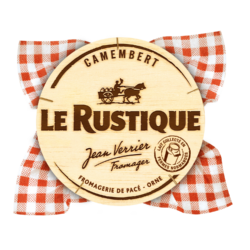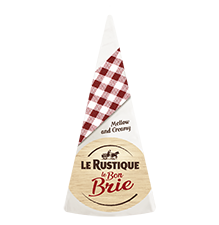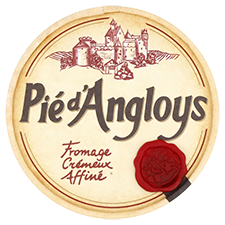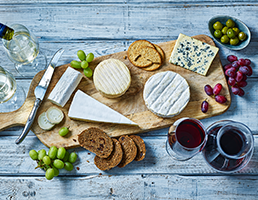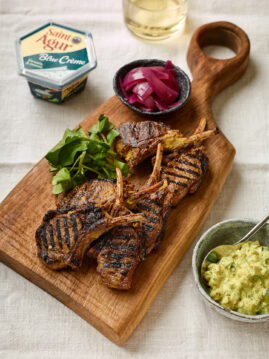Whether you go for a traditional theme, based it around a single cheese or showcase a variety of cheeses, the possibilities for your cheeseboard are endless.
Choosing a method
Before you start preparing your cheeseboard, you’ll need to work out how much cheese you need. If your cheeseboard is featured as main dish, allow about 100g per person. If the board is coming at the end of the meal, half as much per person will be ample. To work out how many types of cheeses to include, divide the number of expected guests by two – for examples, if you’re expected eight diners altogether, four cheeses is a good number. The next task is to design the order to try them in. An easy way to do this is to arrange them clockwise, starting from the mildest flavoured cheese to the strongest.
The Traditional Cheeseboard
The traditional cheeseboard is great way to include a diverse range of flavours and ensure that there is something for every guest to enjoy. To keep everyone happy, strike a balance between the popular sure-fire hits – well-known regional cheeses are always a favourite. However, keep people’s curiosity stoked with some secret surprises – a creamy Brie or a Mimolette cut into flakes or slivers, a blue-coloured Crottin de Chavignol, or a well aged, 18-month old Comté, will leave people feeling inspired by new discoveries.
A Themed Cheeseboard
Hankering for something a little more original? Another delicious take on a cheeseboard is to follow a specific theme. This can be as diverse as you like – for example, taking in your favourite cheeses from one area. Try choosing cheese from a particular region to show off distinct artisanal tastes, for example, Saint Agur from the Auvergne. A cheeseboard could also be inspired by a more decorative theme, such as colour. fresh whiteness of Chavroux and the creamy hues of Le Rustique Camembert, to the tempting Rove des Garigues and Brique du Forez, a visual approach can bring a new take on favourites.
A Single Cheese
For a real, show-stopping cheese, sometimes it’s enough to let it take centre stage by itself. A fine Pié d’Angloys, needs little more than some complimentary chutney, dried fruit and nuts. You may want to cut the cheese in advance, or embellish the arrangement with some extra decorative touches – but most important of all is to make sure the selected cheese is absolutely perfect!
Presenting Pre-cut Portions
When you’re serving a larger group, a cheeseboard can swiftly turn into a battle-field, when not everyone knows quite how to wield a cheese knife. A useful solution is to pre-cut the cheese into handy, bite-size portions. Keep it varied with different shapes and sizes, with slices, slivers, cubes and more. Once your cheese has been cut, you can arrange it as creatively as you like – matchsticks of Comte can be shaped into a cone, while slices of Gouda make a perfect fan; make pyramids of cubes, or divide different cheeses onto individual plates.


